Have you ever wondered if the honey in your pantry is truly pure? A recent study by the Center for Science and the Environment has raised concerns, revealing that several major honey brands are adulterated with sugar syrup. This is alarming because while pure honey is a nutritious superfood, fake honey can pose health risks. Thankfully, you can easily check the purity of your honey at home using a simple method approved by the Food Safety and Standards Authority of India (FSSAI).
Why Adulterated Honey is a Growing Concern
The issue of fake honey isn’t new, but recent studies have brought it back into the spotlight. Investigators found that many brands, including some from India and some imported from China, were mixing their honey with different types of sugar syrup. This is done primarily to cut costs and increase profit margins, but it comes at a significant cost to the consumer’s health and trust.
These adulterants are often designed to pass basic purity tests, making it harder for the average person to spot the difference. The study revealed that some brands mix sugar syrup with honey, deceiving consumers who are paying for a pure, natural product. This widespread contamination means that the golden jar on your kitchen shelf might not be the healthy food you think it is.
The Hidden Dangers of Consuming Fake Honey
Pure honey is celebrated for its antioxidant and antibacterial properties, and it is naturally fat-free. It’s a wholesome sweetener with numerous benefits. Adulterated honey, on the other hand, is a different story. When honey is mixed with sugar syrup, it loses most of its nutritional value and essentially becomes a bottle of empty calories.
Long-term consumption of this fake honey can lead to several health problems. The added sugar can cause a rapid increase in blood sugar levels, which is particularly dangerous for people with diabetes or insulin resistance. Furthermore, the study highlighted a connection between consuming such products and an increased risk of obesity and related health issues. You are not getting the health benefits you paid for and might be unknowingly harming your body.
How to Check for Pure Honey at Home
You don’t need a fancy laboratory to determine if your honey is real or fake. The Food Safety and Standards Authority of India (FSSAI) has published a very simple and reliable test that anyone can do in their kitchen. All you need is a glass of water and a few drops of the honey you want to test.
This method, often called the water test, is based on the physical properties of pure honey. Real, unadulterated honey is very dense and thick. It doesn’t mix easily with other liquids, especially water, unless stirred vigorously or warmed up. This characteristic is what makes the home test so effective.
The FSSAI Approved Water Test Explained Step-by-Step
Performing this test is quick and easy. It takes less than a minute to see the results and get a good idea about the quality of your honey.
- Get a clear glass and fill it with clean, room temperature water. Using a transparent glass is important so you can clearly observe what happens.
- Take a spoon and get a few drops of the honey you want to test. You don’t need a large amount for this to work.
- Carefully and slowly, let the honey drops fall into the glass of water. Try to drop it from a small height into the center of the glass.
- Observe the honey closely for a few moments. How the honey behaves in the first few seconds is the key to this test.
Interpreting the Results: Pure vs. Fake Honey
The way the honey reacts with the water will tell you what you need to know. Pure honey and adulterated honey behave very differently. Here’s a simple breakdown of what to look for.
| Observation | Indication of Pure Honey | Indication of Adulterated Honey |
| Sinking vs. Dissolving | It sinks to the bottom of the glass in a solid thread or blob. | It starts to dissolve and mix with the water almost immediately. |
| Water Appearance | The water remains clear as the honey settles at the bottom. | The water becomes cloudy or changes color as the honey mixes in. |
If the honey goes down into the water as it is, it is pure unadulterated honey. If it starts to spread out and mix as soon as it hits the water, it is very likely contaminated with sugar syrup or other additives.
Making an Informed Choice when Buying Honey
While the water test is a great tool for checking the honey you already have at home, making a smart choice at the store is the first step. Look for brands that are transparent about their sourcing and testing methods. Reading labels and choosing honey from trusted, local beekeepers when possible can also increase your chances of getting a pure product. Don’t be fooled by low prices, as that can sometimes be a red flag for an adulterated product.
Frequently Asked Questions
What is adulterated honey?
Adulterated honey is honey that has been mixed with other substances, most commonly sugar syrups like corn syrup, rice syrup, or cane sugar. This is done to reduce costs but it also strips the honey of its natural health benefits.
Why is sugar syrup in honey bad for you?
Unlike the natural sugars in pure honey, added sugar syrups are processed and can cause sharp spikes in blood sugar. Regular consumption can contribute to weight gain, an increased risk of type 2 diabetes, and other metabolic problems.
Is the water test for honey 100% accurate?
The water test is a very reliable and simple preliminary test for home use, especially for detecting common sugar syrup adulteration. However, some advanced adulterants may be designed to mimic the density of real honey, but for most commercially available fake honey, this test works well.
Does pure honey ever dissolve in water?
Yes, pure honey will eventually dissolve in water, especially if it is stirred or if the water is warm. The key difference in the test is that pure honey does not dissolve *immediately* upon contact like adulterated honey does. It will sink first.

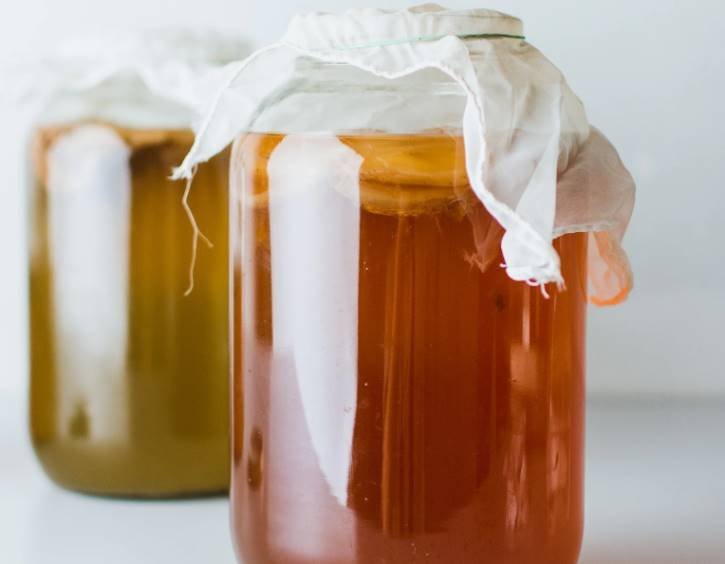
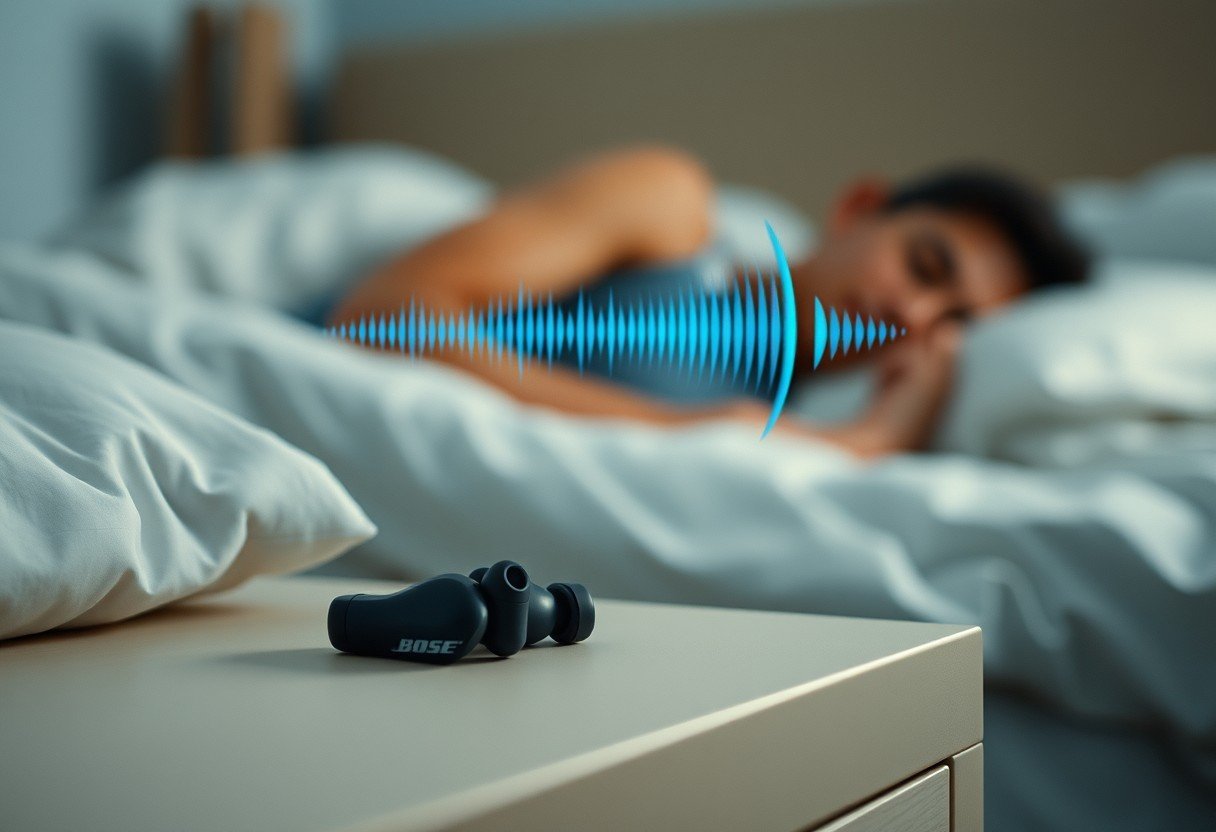

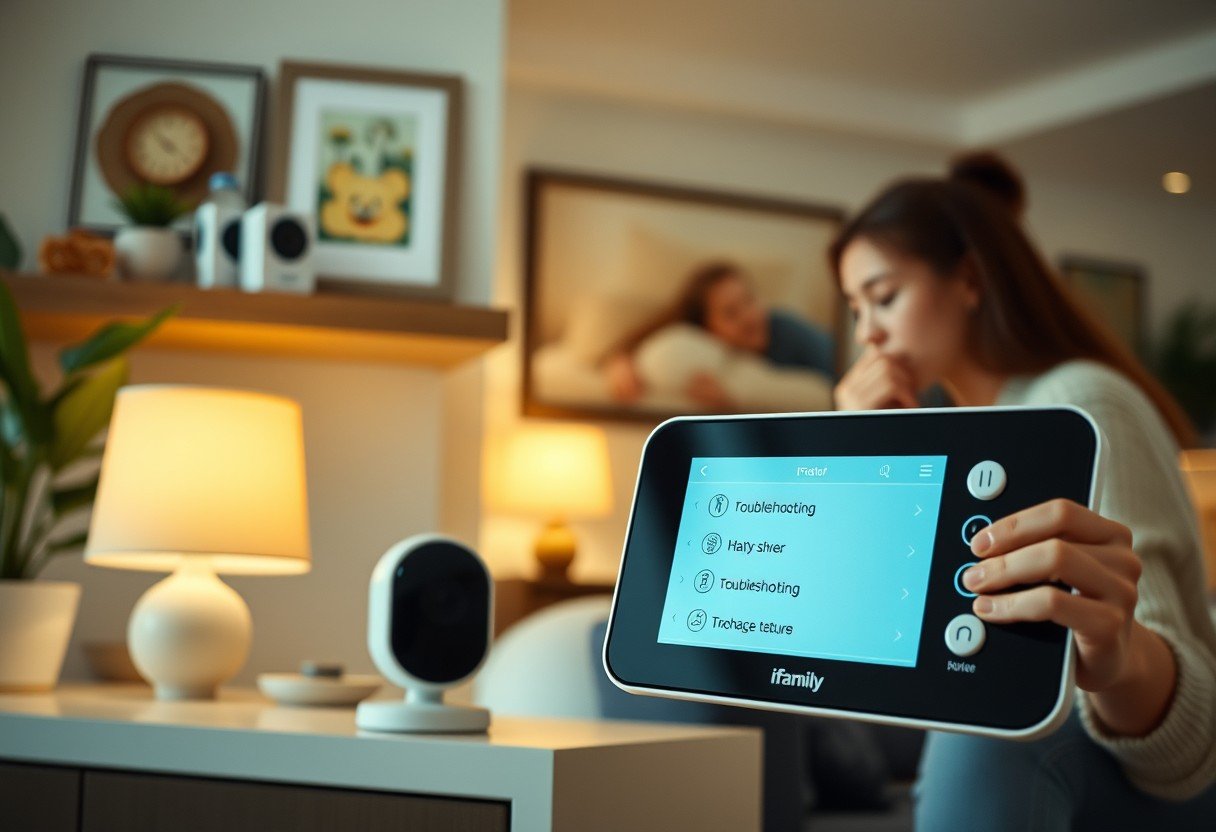
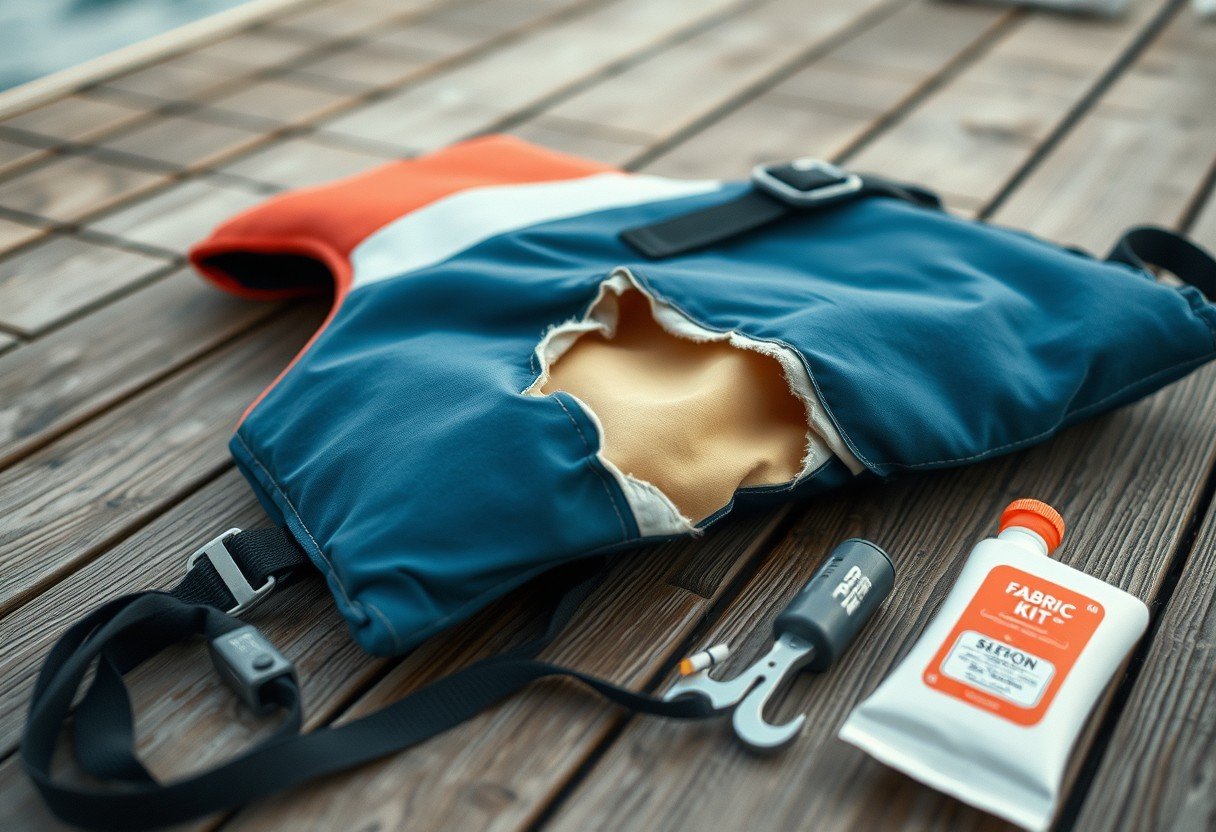
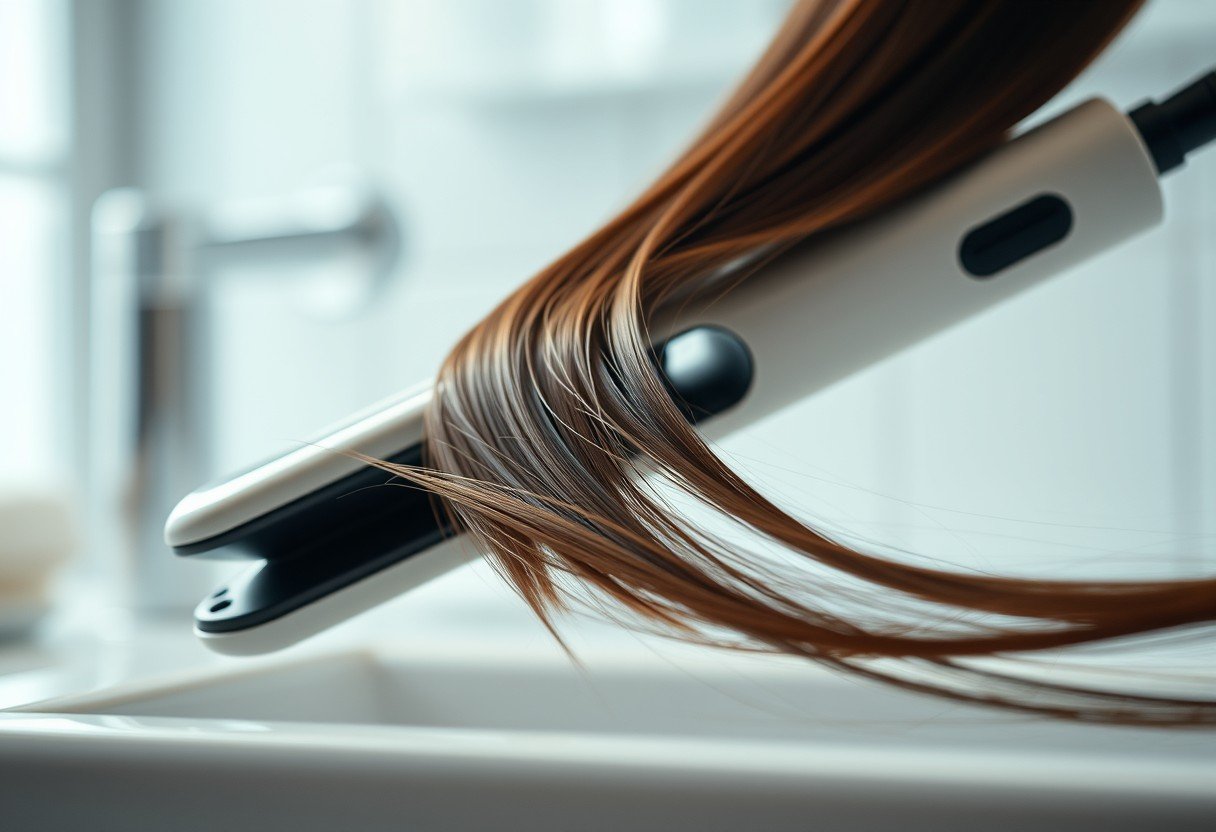

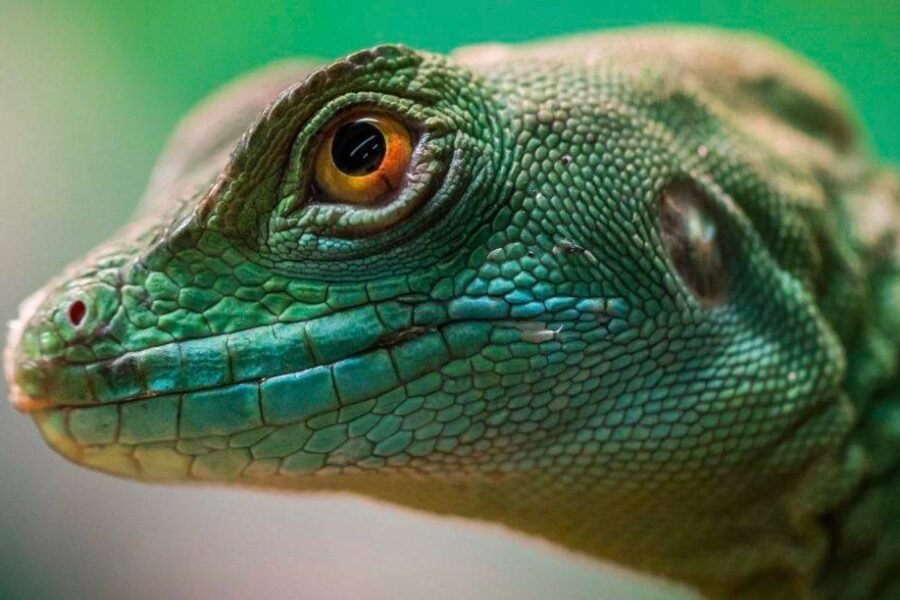
Leave a Comment